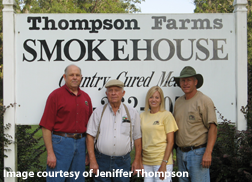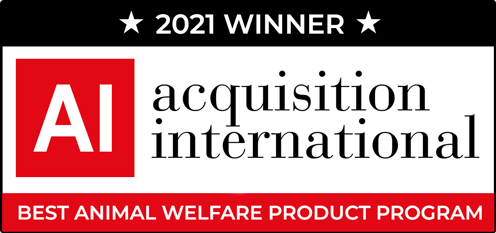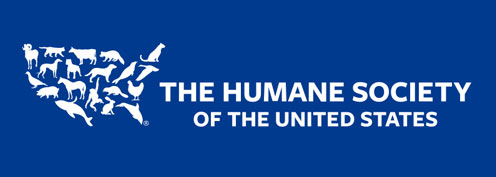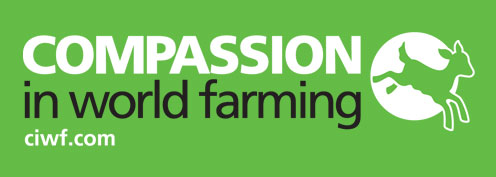
My family has been raising pigs for at least four generations that we’re certain of. Over the years, we’ve also grown corn, soybeans, and peanuts, and raised chickens and cows. I’m a life-long farmer. As a child, I had to milk the cow and feed the pigs before I even got on the school bus each day.
Thompson Farm, surrounded by beautiful, old, live oaks and green pastures, is on 255 acres we own and another 265 acres we rent. We raise around 200 sows—pure Durocs and pure Berkshires—and we’ve begun implementing a cross-breeding program between those two to get the best qualities from each.
In 1991, we built four, 150-foot-long slabs to finish raising pigs from 50 pounds to 240 pounds. The U.S. Environmental Protection Agency encouraged us to get pigs off the ground and onto these finishing slabs, and our buyers wanted leaner pigs who grew faster and thought confining them indoors was the way forward. It didn’t take us long to realize that this wasn’t good for us or our animals. After a couple of years, in 2001, we decided to go back to the way we liked raising pigs—outside on pasture—and we’re so glad we did.
For me, one of the best aspects of being a farmer is seeing how content and happy our pigs are. The little ones play all over the farm, the sows get to bed in their nests outside (just like they would if they were left to their own devices), and all of the animals have plenty of space, mud holes, and fresh water to enjoy. To know that the way we’re farming is making a positive difference—not only to the pigs themselves, but also for our customers—is gratifying.
That isn’t to say that pig farming is easy. It takes a lot of patience, long hours, and a love for this type of hard, outdoor work, so it can be hard to find employees who are as invested in our animals as we are. It’s also been challenging to find different, quality, green feed sources that we can grow in our area during the different seasons.
I suppose it’s no surprise that my day usually starts around 4.30am. After breakfast and devotional reading, I tackle paper work until 5.30am, and then I’m out the door at daylight to see the pigs. I feed them, check on the electric fences (that the piglets can scoot under), move pigs to new pastures, and make sure our gestating sows are doing well. The rest of my day is divided amongst handling anything that may need to be done at the processing facility and going back to whatever may arise on the pig farm. I also work at our new on-site slaughter facility two days a week. I usually don’t finish up until it’s after dark, but I can’t imagine doing anything else!
With everything already taking my time, the bad taste left in my mouth from the government and industry trying to influence the way my family wants to farm, and with the commitment to animal welfare we already embrace, my first thought when I heard about Global Animal Partnership and the 5-Step program was pretty straight-forward: I don’t need someone else coming here telling me how to raise my pigs! We really had our doubts. But, our fears and concerns turned out to be unwarranted, and I was put at ease.
We were already a Step 4 farm and, with the 5-Step program, received certification to validate that. Since we achieved that original Step 4 rating, we moved forward on a lot of different fronts to move up the welfare ladder. We built a new on-farm slaughter facility, stopped castrating our little boy piglets, and eliminated all transportation of pigs.
When our farm had its certification renewal and inspection, we achieved a Step 5+ rating—the highest in the program. I’m told that we’re the very first farm in the world to have reached Step 5+, and I’m really proud. That doesn’t mean we can’t continue to find ways to give animals even better lives, but it’s a pretty incredible feeling to know that we’re doing the best we can.
I’m glad to know that I’m leaving our spot of land in the best shape I can for my two children, and hopefully theirs, too. Both of my kids have already expressed an interest in coming back to the farm after college. Maybe we can continue to the 5th generation.











